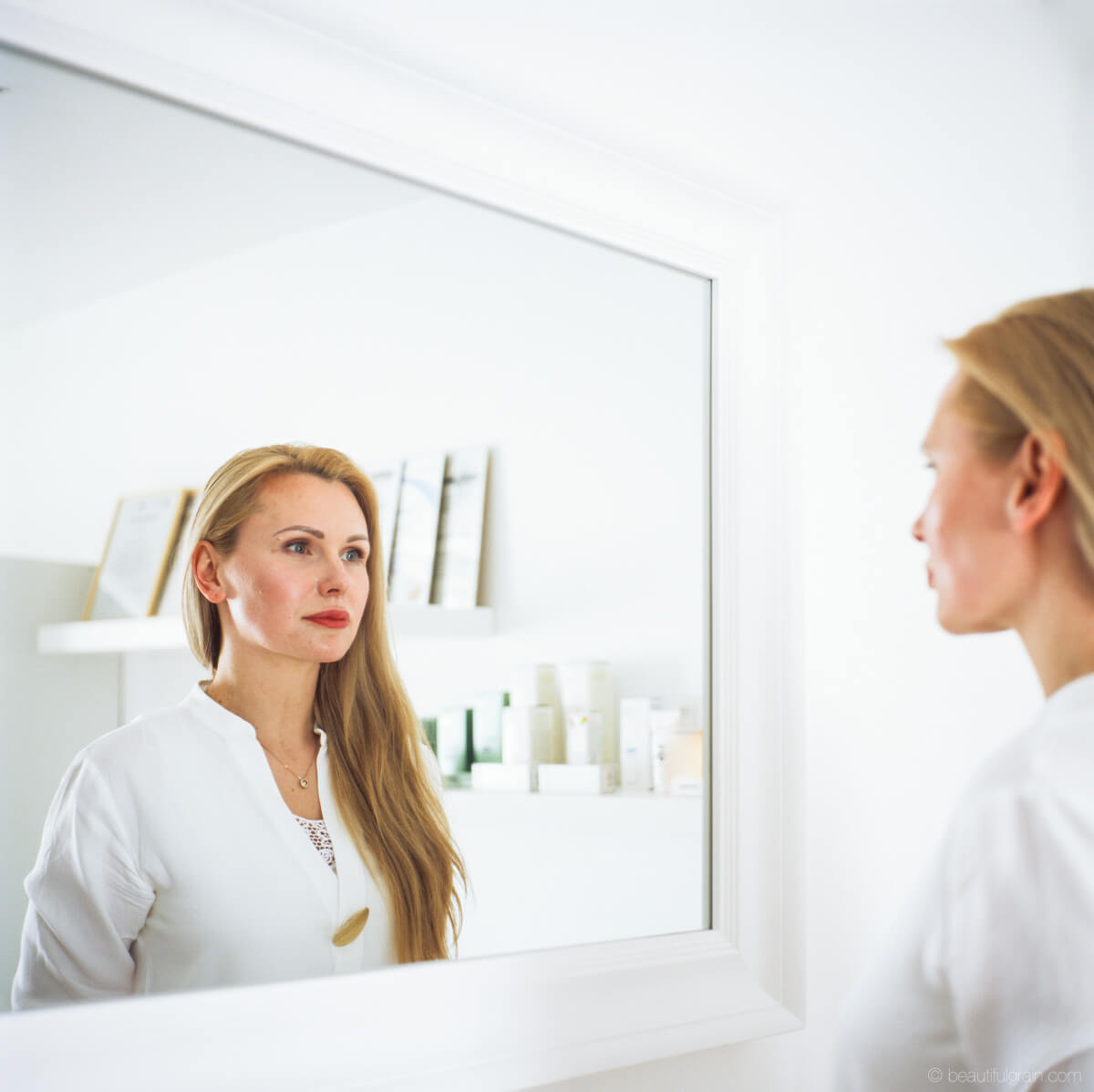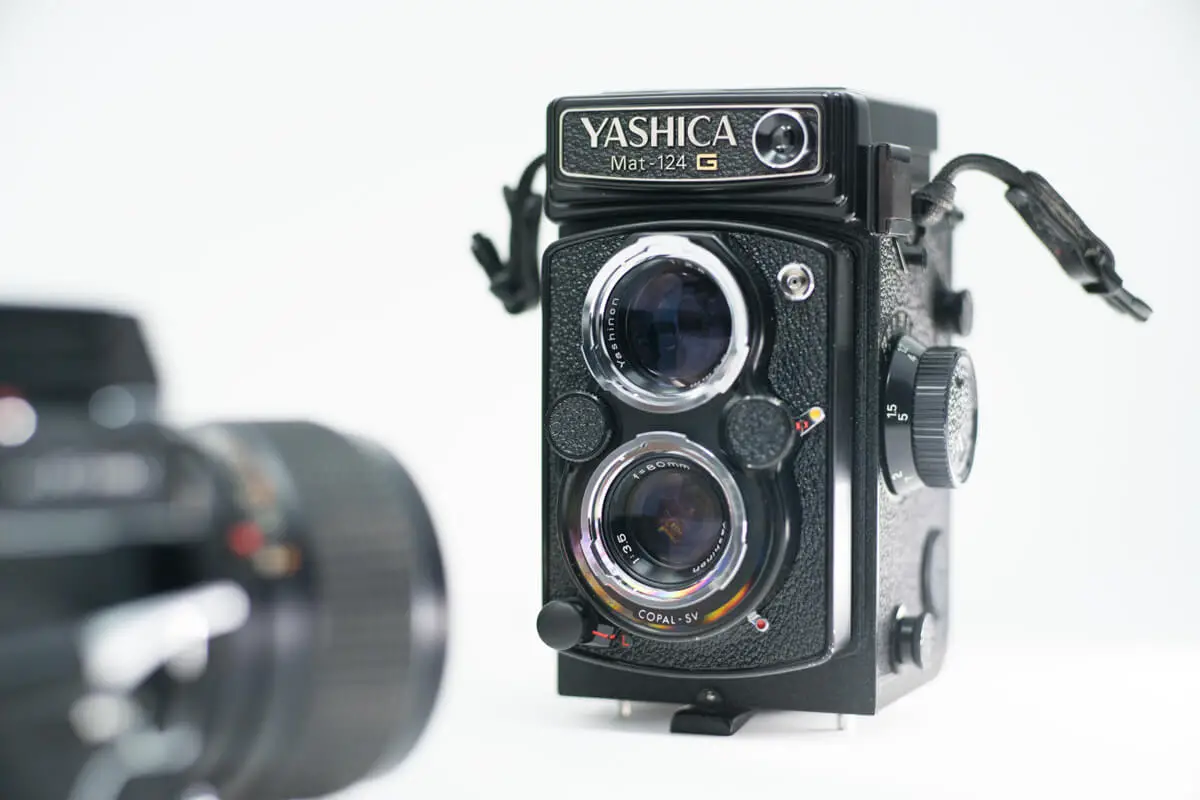From the start of my “film shooters career” I was shooting either negative color film or BW negative film. My favorite emulsions were and still are Kodak Portra 400 for color and Kodak Tri-X 400 for BW shots. It’s staple, one of the most forgiving and beautiful films for my taste. Slide film on the other hand – I knew about it, but there were few factors that put me out of shooting with it:
- The narrow dynamic range of slide film.
- Legends about how precise slide film has to be metered.
- The difficulty of finding a lab that develops E6 process films (at least here in Lithuania).
But, despite the factors mentioned above, I just finished a box of Kodak Ektachrome E100, my freezer contains 5 rolls of Fuji Provia 100 and my Rolleiflex is loaded with Velvia 50. Well… hello slide film. What changed? Well, it was an accident -– I got a gift, a roll of 2008 expired Fuji Provia 100F, I shot it and after receiving my scans I had sort of an eye-opening experience. Slide film is real beauty… It’s just different, it’s vivid, it’s alive and I just fell in love with it.

The day after getting my first Provia scans I bought 3 different slide film emulsions to have some “positive” fun. So, here we are – first roll went through my trusty Yashica. Who said that MAT-124G doesn’t have a sharp lens?
The JPGs of Kodak Ektachrome E100 that I received from the lab are very promising. When the light is good the colors are spot on and the sharpness, three-dimensionality are outstanding (the axe, the girl pictures). In the case of more difficult scenes – backlight, for example – I did experience some color shifts. But even in this case, I think that the scenes came out quite well exposed I’ll just have to learn how to handle them in post process.





Getting back to those “slide film difficulties”. Yes, it’s easier to block blacks or highlights, but I don’t find a shortage in latitude and I don’t have make extra efforts for metering with slide (yes, I was a bit slower / careful than usual). This issue of narrow latitude and precise metering – it appears that there is still enough space to keep both shadows and highlights without blocking them (for example picture of car and the electric pole).
The last thing –- developing stays the same limited, but on the other hand, it led me to start sending my film to an amazing photo lab in Spain and those guys do an amazing job!
So much for now, and like one guy said – “I’ll be back” with another tested emulsion.
Thanks for reading and have fun!
~ Aivaras
Submit your 5 Frames… today
Get your own 5 Frames featured by submitting your article using this form or by sending an email via the contact link at the top of the page.
Share your knowledge, story or project
The transfer of knowledge across the film photography community is the heart of EMULSIVE. You can add your support by contributing your thoughts, work, experiences and ideas to inspire the hundreds of thousands of people who read these pages each month. Check out the submission guide here.
If you like what you’re reading you can also help this passion project by heading over to the EMULSIVE Patreon page and contributing as little as a dollar a month. There’s also print and apparel over at Society 6, currently showcasing over two dozen t-shirt designs and over a dozen unique photographs available for purchase.








7 responses to “5 Frames… Of my first time trying Kodak EKTACHROME E100 on a Yashica Mat-124G”
Excellent photographs. The Yashica 6 by 6 cm medium format was my first ever serious camera purchased in 1975…your images display that it is still possible for it to perform so well. First time l have seen colured images shot with it too..l only ever used monochromatic films…Kodak Tri X 400 was my favourite along with Ilford HP 400. Enjoyed your works…well done
Thanks. Yashica MAT124G is brilliant camera. It handles both colour and bw perfectly.
I do suspect the “slide film must be precisely metered to within (1/3, 1/10, whatever . . . ) stop” line is a myth, mainly perpetuated by a certain type of internet forum photog (there must be a specific word for the type I mean, I can’t think of it). I recently shot a roll of Velvia on an un-CLAd Yashica A with a vintage selenium cell meter, and the results were lovely. Slide film does have a dynamic range of several stops (not none, as some would have you think), and is probably fine plus or minus a half stop.
Well you have to be more careful with slide comparing to negative, its true, but as you noted its not rocket science to meter it and you don’t have to be accurate in 5% radius 🙂
The picture of the axe is why I like slide film. It uses the narrow exposure latitude very well – the shadows are actually, well, shadowed. High contrast for the picture overall, but not for the mail subject. Combined with the saturation it’s a very distinct look.
Great pictures! Especially the high key of the girl in the mirror. Slide is worth it. I have an expired Ektachrome here, I absolutely have to shoot it.
Thanks! yeah, same is my favourite from the set. After 4 rolls of slide I can say Ektachrome is pure magic!